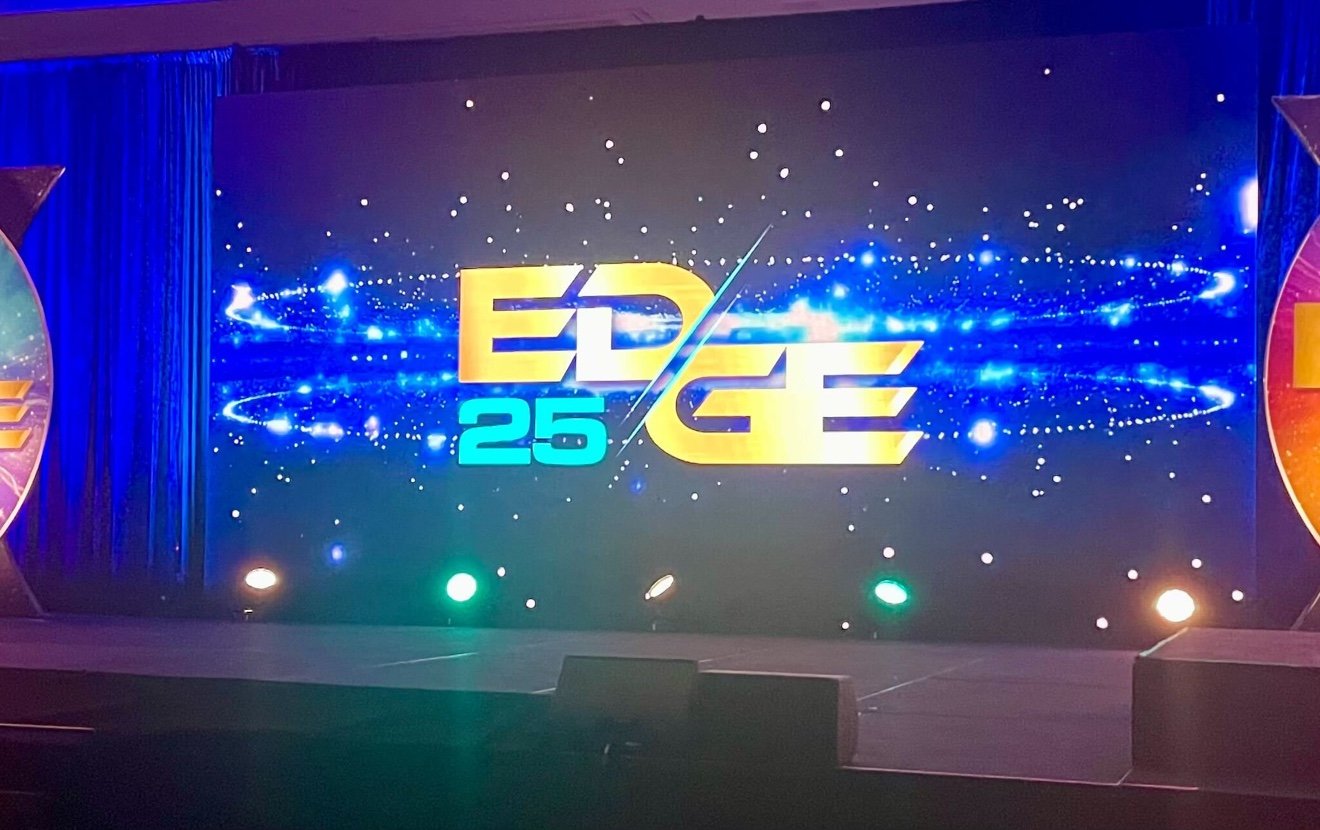From account takeovers and wire fraud to phishing campaigns and social engineering, the threat landscape for financial institutions evolves constantly. So, it stands to reason that security and fraud detection measures must also grow and change quickly in response. Institutions must not only detect and respond to fraud in real time but also build systems that are flexible, resilient, and secure by design.
To achieve this, many banks and credit unions are turning to platforms that were built specifically in, and for, the cloud. Unlike “move to cloud” approaches that legacy platforms use, cloud-native or future-ready platforms are designed from the ground up to support continuous adaptation. They allow FIs to deploy, update, and scale services rapidly, helping teams stay ahead of emerging fraud tactics and continually deploy new controls without waiting for quarterly (or less frequent) releases or disruptive infrastructure changes and maintenance windows.
Future-ready architectures emphasize modularity, automation, and agility. Rather than building monolithic systems that take months or years to evolve, cloud-native environments let FIs compose their platforms from smaller, interchangeable components. These components can be upgraded or replaced independently, enabling faster innovation and more precise responses to evolving risks without impacting other parts of the system.
Modularity and composable architectures
This paradigm shift dissolves the traditional unit of measure, the server, and introduces swappable, purpose-built components that allow teams to rapidly reconfigure systems without disrupting service. That flexibility is vital in financial services, where cybersecurity threats are growing in sophistication and require immediate, decisive responses. For example, a digital bank experiencing an AI-generated phishing campaign can quickly deploy a new biometric verification module or hook into a specifically targeted workflow without overhauling its entire infrastructure. This could involve physical step-up credentials like push notifications or passkeys, but increasingly it may involve continual behavioral biometrics: typing cadence, page visitation, mouse navigation, and other ways a member or customer may typically engage with a digital asset.
Security through automation
Good security outcomes cannot result from reactive postures. Through automation, cloud-native systems handle identity and access management, patching, threat detection, and hardening—time-consuming activities previously managed by the IT team—continuously and at scale. Infrastructure as code eliminates the need for armies of security assessors, reduces human error, and ensures consistent configurations. By offloading repetitive tasks to automation pipelines, FIs enable their IT teams to focus on higher-level threat analysis and response. Rather than manually scheduling patch cycles, teams might use continuous compliance checks to identify and resolve vulnerabilities in real time.
The emergence of AI, especially generative AI, will require new security measures that match the rising level of fraud sophistication. In early 2024, a major engineering firm was defrauded of $25 million after fraudsters used AI-generated deepfakes to impersonate executives in a video call requesting wire transfers. While that attack didn’t target a financial institution directly, it illustrates the kind of AI-driven impersonation threat that FIs must prepare for across all their channels, from digital banking to contact centers. An institution on a future-ready platform equipped with modular, multichannel security capabilities could respond swiftly by integrating biometric protections such as real-time voice authentication and device and behavioral anomaly detection—changes that might take months to years to deploy in a legacy environment.
Continuous delivery and rapid innovation
The ability to innovate quickly is another hallmark of cloud-native architecture. Features can be deployed continuously, without the delays of quarterly or seasonal release cycles. Automated pipelines support iterative change, accelerating quality improvements, security patches, and performance upgrades. A fintech startup, for example, might release weekly updates to its mobile banking app while pushing security patches daily, without any scheduled downtime.
Integration is essential in a cloud-native environment. No single tool or vendor can cover every security or performance scenario, so platforms that integrate seamlessly with best-of-breed solutions should be considered "table stakes." Rich data sharing and component-level customization enable deep, responsive protection. Imagine an FI integrating fraud analytics from a third-party AI vendor with their in-house banking platform in just days, allowing them to detect abnormal transaction patterns proactively.
What sets future-ready architecture apart is not just the speed of deployment but the ability to anticipate and adapt to change before it becomes a risk. In a world where threat actors exploit vulnerabilities within hours of discovery, the ability to roll out security updates immediately can mean the difference between a close call and a significant breach.
Furthermore, a future-ready digital platform promotes a cultural shift in how financial organizations think about technology. It fosters a mindset of experimentation, agility, and resilience. Instead of rigid roadmaps, teams work in short sprints, delivering value continuously. Business and IT no longer operate in silos and cross-functional collaboration becomes the norm, unlocking innovation at every level.
Future-ready technology: A strategic imperative
Financial institutions that embrace future-ready technology are positioned to lead their markets amid future digital disruption. They’ll be the ones that innovate faster, recover faster, and secure better, because their architecture allows them to do so. Cloud-native architecture is not just a “cool to have” technology strategy—it's a business imperative.







